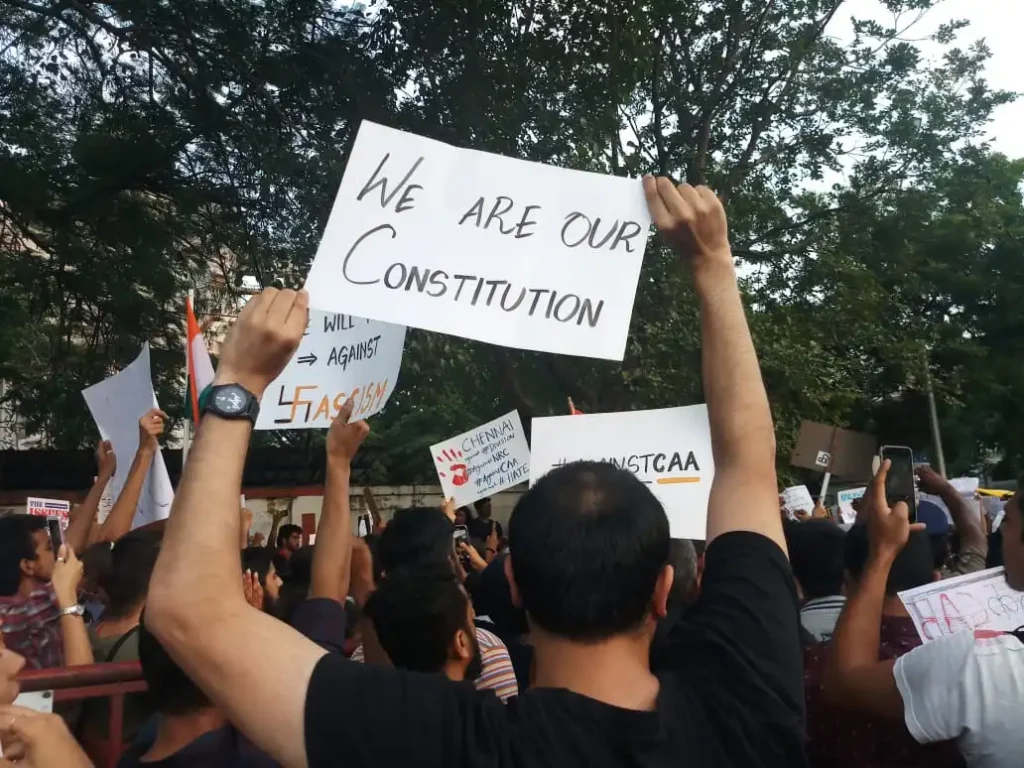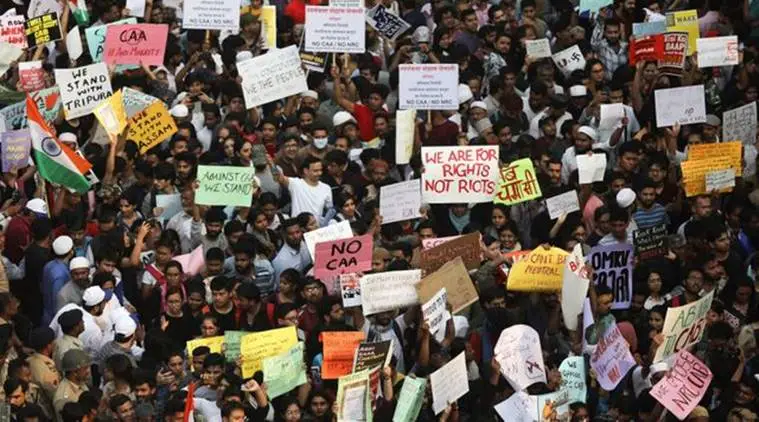Introduction: When Wi-Fi Becomes a Weapon
I still remember the first time I joined an Digital protest & online Resistance. It wasn’t loud. It wasn’t crowded. I didn’t even leave my room. But there I was — sitting with my laptop open, digital banner in hand (okay, it was a tweet), and feeling something powerful: connection.
In a world where algorithms rule our feeds and governments surveil the streets, resistance has evolved. Today’s protests don’t always look like seas of people marching through capital cities. Sometimes, it’s a trending hashtag. Sometimes, a blackout screen. Sometimes, hundreds of avatars flooding a livestream with calls for justice.
Welcome to the digital age of protest — where silence is coded, outrage is shared, and revolution is only a click away.
The Shift from Streets to Screens: The Rise of Online Resistance
Let’s be clear: traditional protests haven’t disappeared — far from it. But the battleground has expanded.
Why? Because the internet changed everything.
- Organizing no longer requires flyers or town halls — it needs a viral reel or a Discord server.
- A cause can go global in minutes.
- What starts in one city can spark another halfway across the world.
- Marginalized voices, once silenced by media gatekeeping, now build communities and speak truth via blogs, YouTube, Twitter (or whatever it’s called this week), and beyond.
When the streets are policed, surveilled, or unsafe, the online world becomes the loudest megaphone.

Virtual Rallies & Online Resistance: More Than Just Likes and Hashtags
Some still scoff at online protests — dismissing them as digital slacktivism. But that’s lazy thinking.
Virtual rallies have real impact:
- Mass Zoom meetings where thousands stand in digital solidarity.
- Twitter storms coordinated to the minute to pressure lawmakers or drive awareness.
- Instagram Live vigils where people mourn, speak, and organize together across continents.
During a global women’s rights movement, activists unable to gather publicly due to authoritarian crackdowns turned online — designing digital posters, flooding comment sections, and organizing fundraisers.
They weren’t just posting. They were resisting — with creativity and courage.
Online Resistance: Creative, Chaotic, and Unstoppable
The beauty of digital protest lies in its unpredictability and inventiveness.
Think about:
- Anonymous campaigns that hack and expose corruption.
- Meme warfare — humor turned into sharp political critique.
- Virtual sit-ins — protestors flooding websites or digital spaces.
- Cancel campaigns — forcing brands, influencers, or politicians to reckon with their actions.
Yes, it’s messy. Not always organized. But it’s democratic in its rawest form. Everyone has a voice — and when enough speak in unison, it gets loud.
But Let’s Not Pretend It’s All Perfect
With great power comes — yeah, you guessed it — surveillance, misinformation, and burnout.
- Governments monitor social media and track digital activists.
- Bots and trolls derail movements and distort truth.
- Algorithms often favor rage over reason.
- And digital fatigue is real. Activism burnout hits hard in a 24/7 news cycle.
Online resistance is powerful, but it needs care, strategy, and support from real-world action.
Blending Worlds: Online and Offline Activism Together
The smartest movements know this: it’s not either/or — it’s both.
The 2020 protests proved it. Hashtags like #BlackLivesMatter didn’t just trend — they mobilized, educated, raised millions, and filled the streets.
Today:
- Protesters livestream from marches to document police brutality.
- Organizers use encrypted apps like Signal to protect privacy.
- Activists write open letters, crowdfund bail money, and translate resources — all from behind screens.
The virtual world has become the nervous system of modern resistance. And it’s alive.
Conclusion: From Hashtags to History
In a world where oppression is global, resistance must be too. And for all its flaws, the internet has given people a new kind of power — one that crosses borders, transcends language, and can’t be silenced by tear gas.
So, the next time someone says a hashtag can’t change anything, remind them: revolutions always started with whispers. Today, those whispers are typed. And when enough people hit “send,” they become shouts no one can ignore.
Whether you’re marching in the streets, tweeting from your bedroom, or donating from your phone — you’re part of it. You are a node in the resistance.
Read our more blogs – The Pomodoro Technique for Deep Work Sessions: Why It Actually Works


